When I first started testing and evaluating home EV chargers in the search for the best ones to recommend to our readers, one of my favorites was the compact Wallbox Pulsar Plus. Unfortunately, after using it for a couple of years, I ran into intermittent issues where the charger would disconnect from my WiFi and struggle to reconnect. As a result, I didn’t receive any data in the app because reconnecting it constantly felt too inconvenient. Over the past few months, I’ve been assembling a new lineup of home EV chargers to evaluate so I can thoroughly update our best chargers list for 2025, and EVIQO’s Level 2 charger is one of the top contenders. It has a similar-sized footprint to the Wallbox Pulsar Plus, which I love, so I was excited to put it to the test when the company reached out.
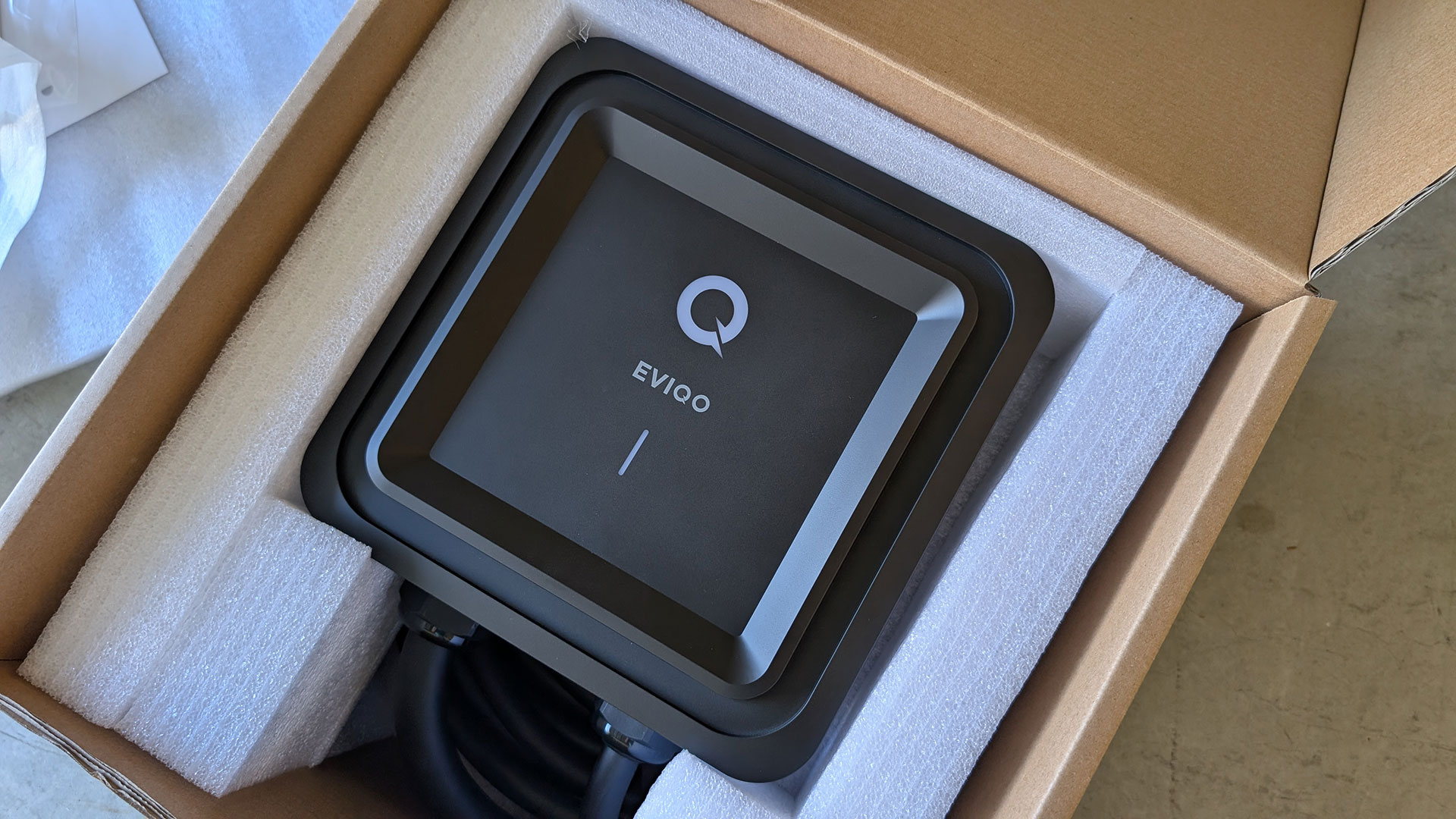
On the surface, the EVIQO charger checks off all the boxes for what I look for in a home EV charger, especially in 2025. It has an affordable $399.00 price tag, smart connectivity, long cables, plenty of safety certifications, and a three-year standard warranty. I opted for the NEMA 14-50 plug-in version, which is a 40-amp model similar to other home EV chargers. It’s fully adjustable through the app in 1-amp increments.
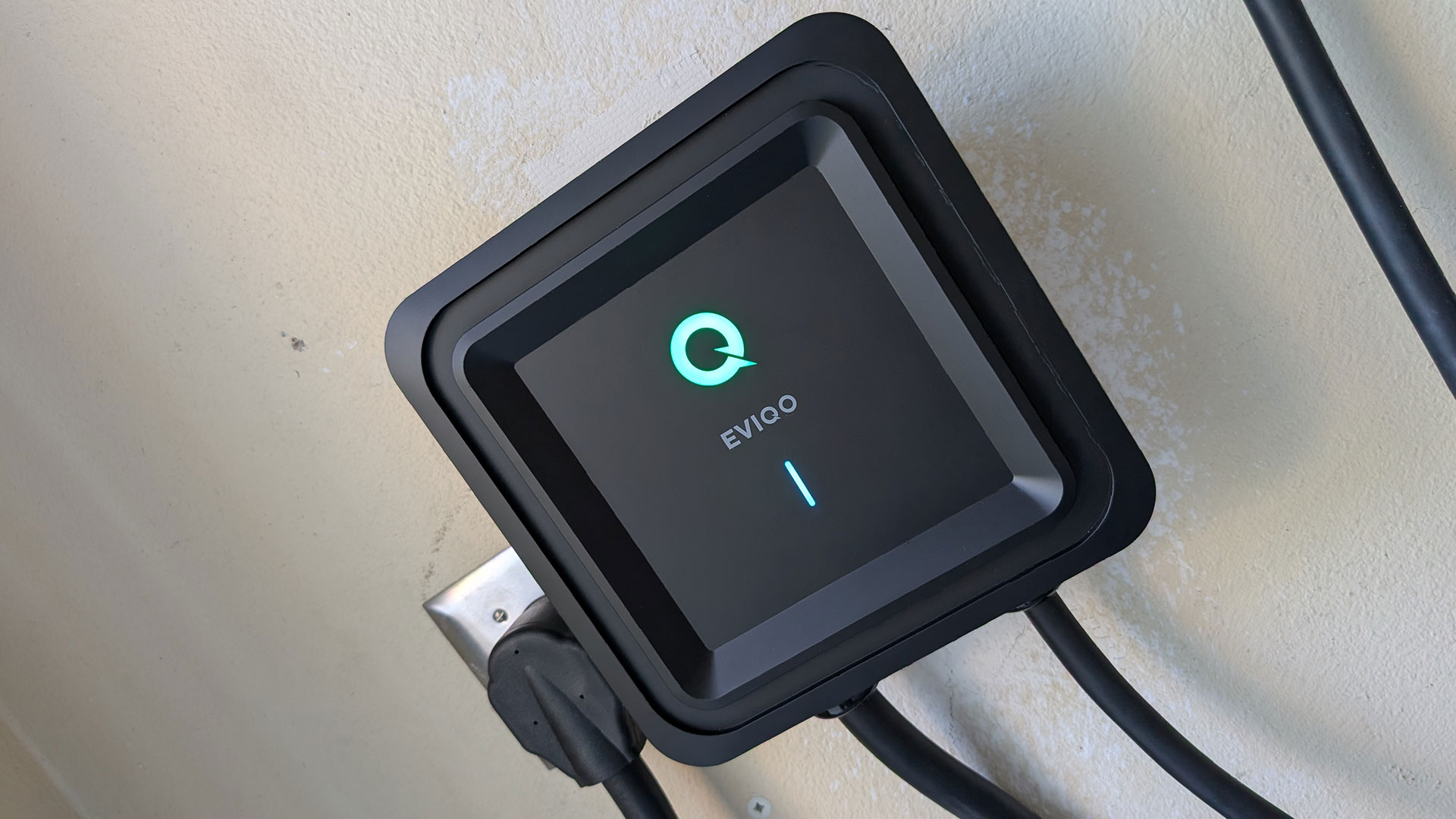
Initial impressions
Don’t be fooled by the price tag. EVIQO doesn’t cut any corners with its charger; it comes with proper packaging and all the necessary hardware. I couldn’t help but compare it to the Wallbox Pulsar Plus, especially since the EVIQO was taking over its spot on my garage wall. The EVIQO charger is larger, but it’s still not as big as, say, the Emporia Pro I recently tested. The overall design looks modern, and the matte-black finish feels nice and durable. Two lights on the front of the charger illuminate to show its status, but I couldn’t find a way to toggle them off. That’s one advantage of the Wallbox Pulsar Plus—assuming it stays connected to your WiFi, you can toggle its lights off.
The top light is the charging status indicator, while the bottom light is the signal status indicator for the WiFi. I had to reprogram my brain, because blue means the charger is charging or finished charging and that the WiFi is connected. Meanwhile, a green charging-status light means the charger is waiting to be plugged in or for the vehicle to allow charging, while a green signal-status light shows it’s connecting to the internet. Fortunately, red still serves as the universal error indicator, though it felt strange at first to look for blue lights instead of green ones.
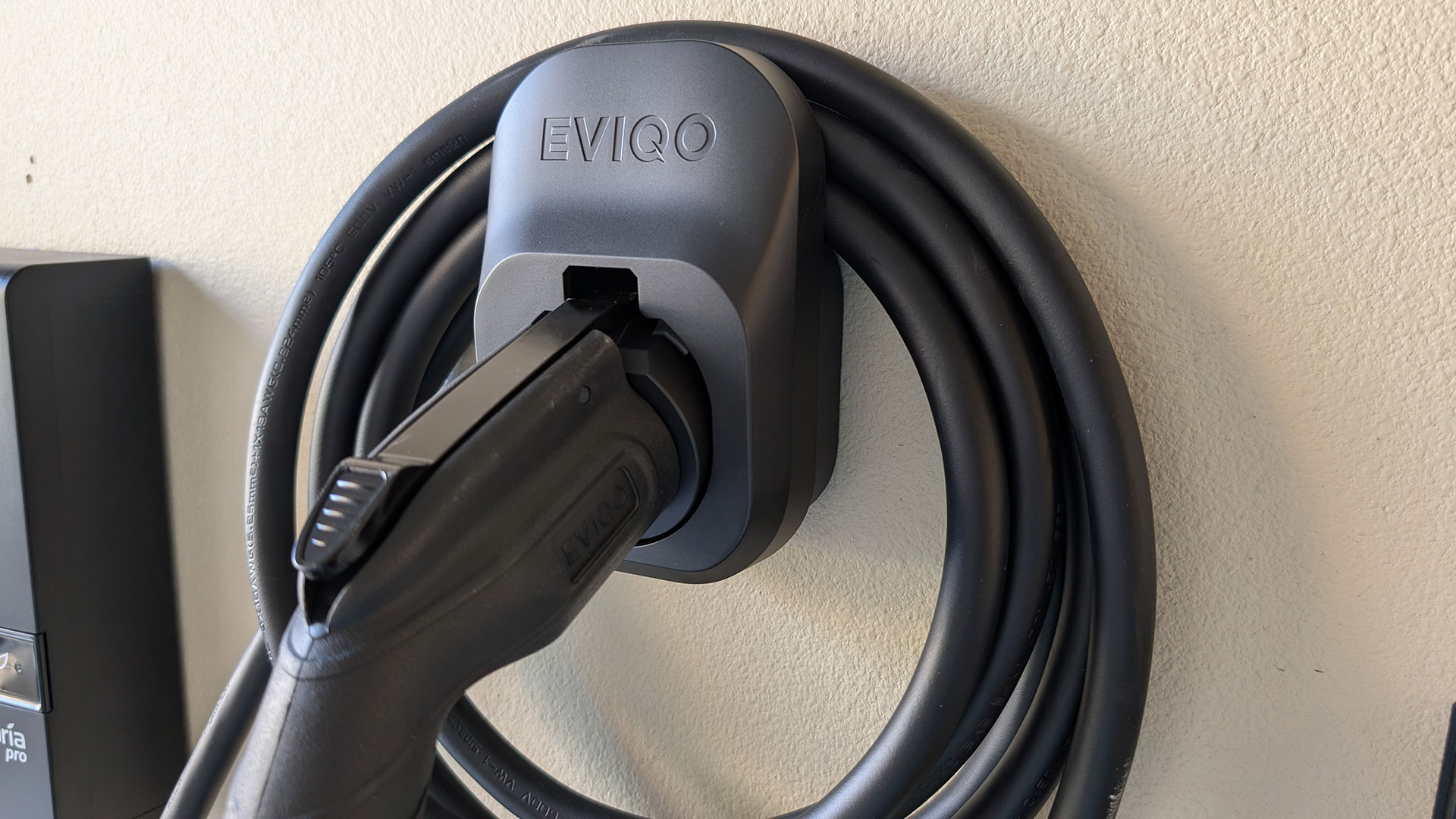
Installation was very straightforward and eerily similar to the Wallbox Pulsar Plus. The bracket requires four screws in the wall, then the charger hooks onto the bracket and is secured with two bolts on the bottom. The holster has a similar design, with a bracket requiring three screws and then one bolt at the bottom to secure it in place. If you’ve read any of my other home EV charger reviews, you’ll know I’ve been consistent when it comes to evaluating the holster for the connector. The reason is that I have a single-car garage, which means there isn’t much room on either side. Many of the holster designs have the connector sticking straight out, rather than angled downward slightly. EVIQO’s holster addresses that with a clever design so that it does sit at a slight angle. I personally would have preferred it to angle down a bit more, but it’s a thoughtful design compared to most of the competition.
Like many competent home EV chargers, EVIQO’s offering meets NEMA-4 and IP66 standards, meaning it can withstand various weather conditions. It’s protected against falling dirt, rain, sleet, snow, windblown dust, splashing water, hose-directed water, and corrosion. The charger is certified by ETL, Energy Star, and the FCC, and its protections include overcurrent, current leakage, overvoltage, undervoltage, overheating, surges, relay-fault detection, control-pilot fault detection, and voltmeter fault detection.
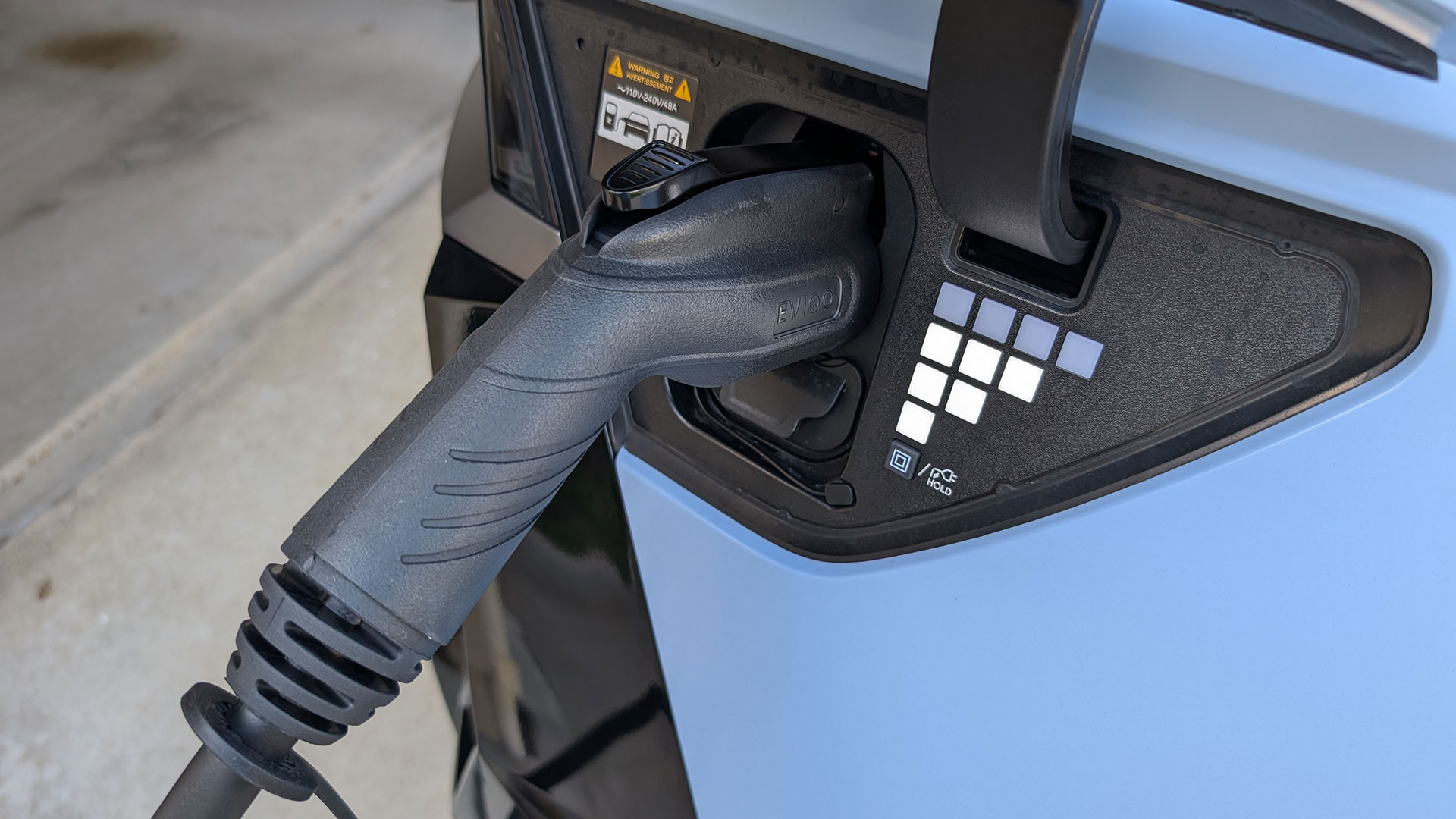
How does it work?
After downloading the EVIQO app and connecting the charger to WiFi, which was a painless process that took just a couple of minutes, I was up and running. My first test was with a Toyota Prius Prime, and afterward I fully charged my Hyundai Ioniq 5 N. My initial thoughts on the app are that it’s very lightweight and simple, which some users will appreciate. However, I wish it provided a clearer data breakdown, like Emporia’s app.
The main screen of the EVIQO app shows the status of the charger, as well as a slider bar to adjust the amperage. There’s a Usage Details section that shows total duration, total estimated cost, total consumption, and the number of charging sessions. The usage graph has toggles for one week, one month, and three months, but that’s it. You can’t select a specific date range, and once you’re outside the three-month window, I’m assuming you lose access to historical data. The other menu handles scheduling, which works just fine. I use the vehicle’s own scheduling instead of the charger’s, so after testing, I left the EVIQO on Plug & Charge and let the car manage the timing. You can set multiple schedules in the EVIQO app.
Finally, it’s worth noting that the EVIQO app handles notifications properly. It notifies me as soon as charging starts and ends, which is handy if you need to swap cars or move one as soon as it’s full.
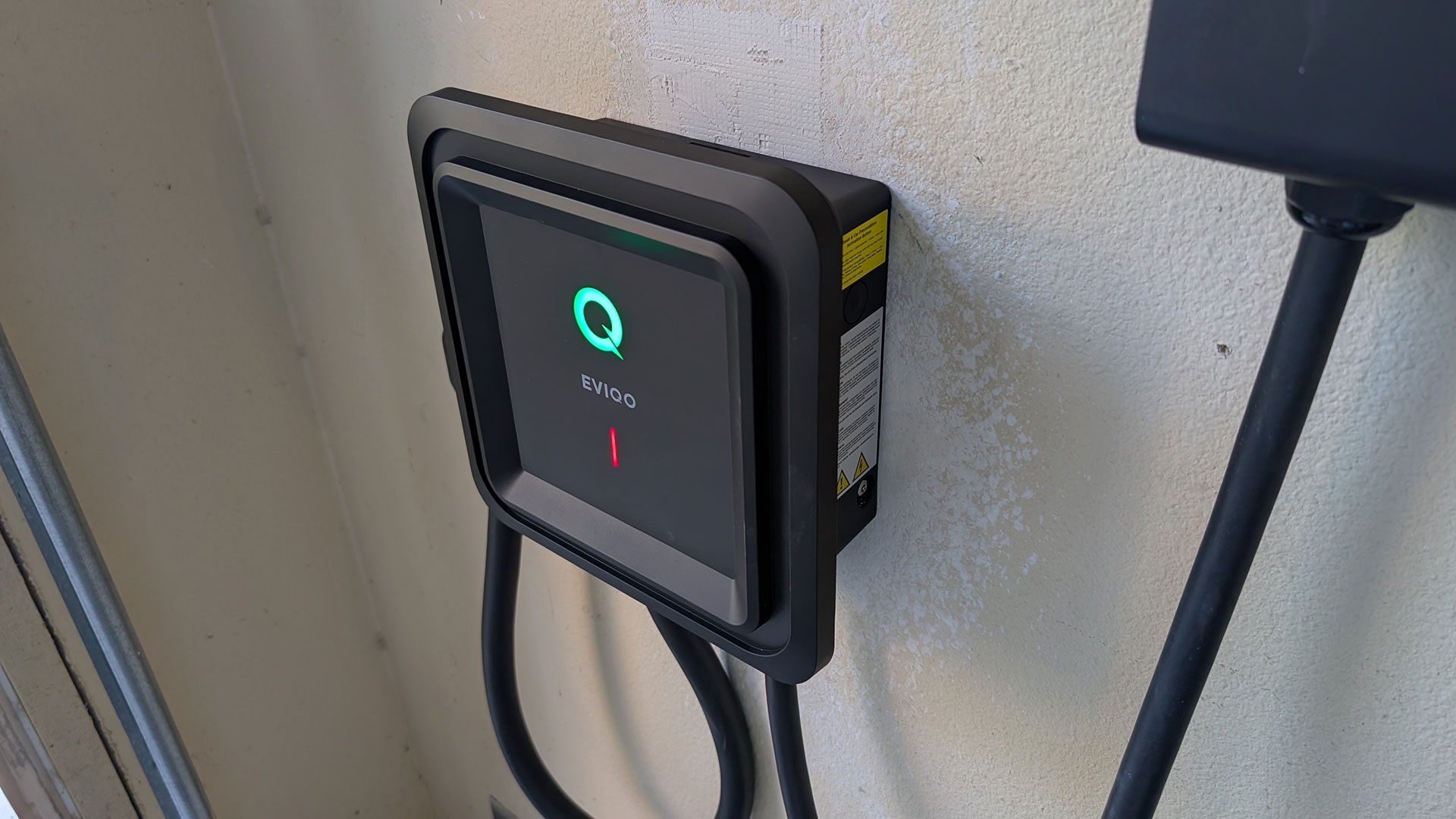
Other than the peculiar use of blue for its status lights and the bare-bones but functional app experience, there’s very little to complain about with EVIQO’s charger. I personally favor the rubberized texture on the connector and find the holster’s design among the best. Most importantly, though, the price tag makes this charger tough to beat. At $399, you’re getting all the same features found in most competing models, housed in an attractive, compact body. In the past, I’ve complained about other chargers’ short power-input cables, and EVIQO addresses that with a 37-inch cable. The connector cable measures 25 feet, on par with most chargers I’ve tested.
As usual, I’ll put the charger through three months of use before deciding where it lands on our list of the best home EV chargers. Initial impressions are extremely positive for anyone seeking an affordable home EV charger that doesn’t compromise on quality. Best of all, EVIQO offers U.S.-based customer support Monday through Saturday from 8:00 AM to 4:00 PM Pacific.
Specifications
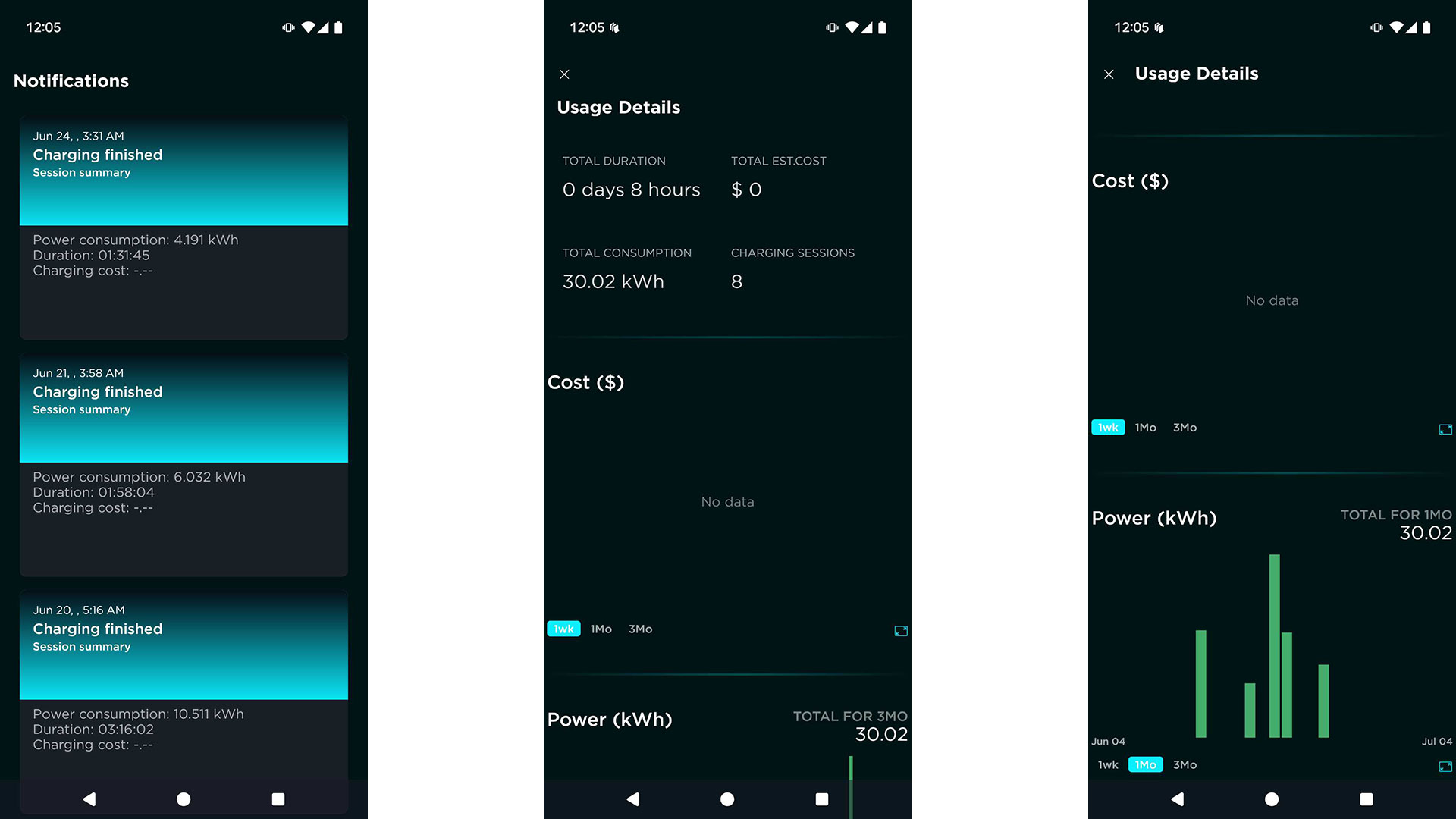
The EVIQO Level 2 home EV charger with a NEMA 14-50 plug supports up to 40 amps. The NEMA 14-50 input cable measures 37 inches, while the J1772 cable is 25 feet long. The charger meets NEMA 4 and IP66 standards and is UL-compliant and Energy Star, ETL, and FCC certified. EVIQO includes a standard three-year warranty, but a four-year extended warranty is available for an additional $100.
Verdict
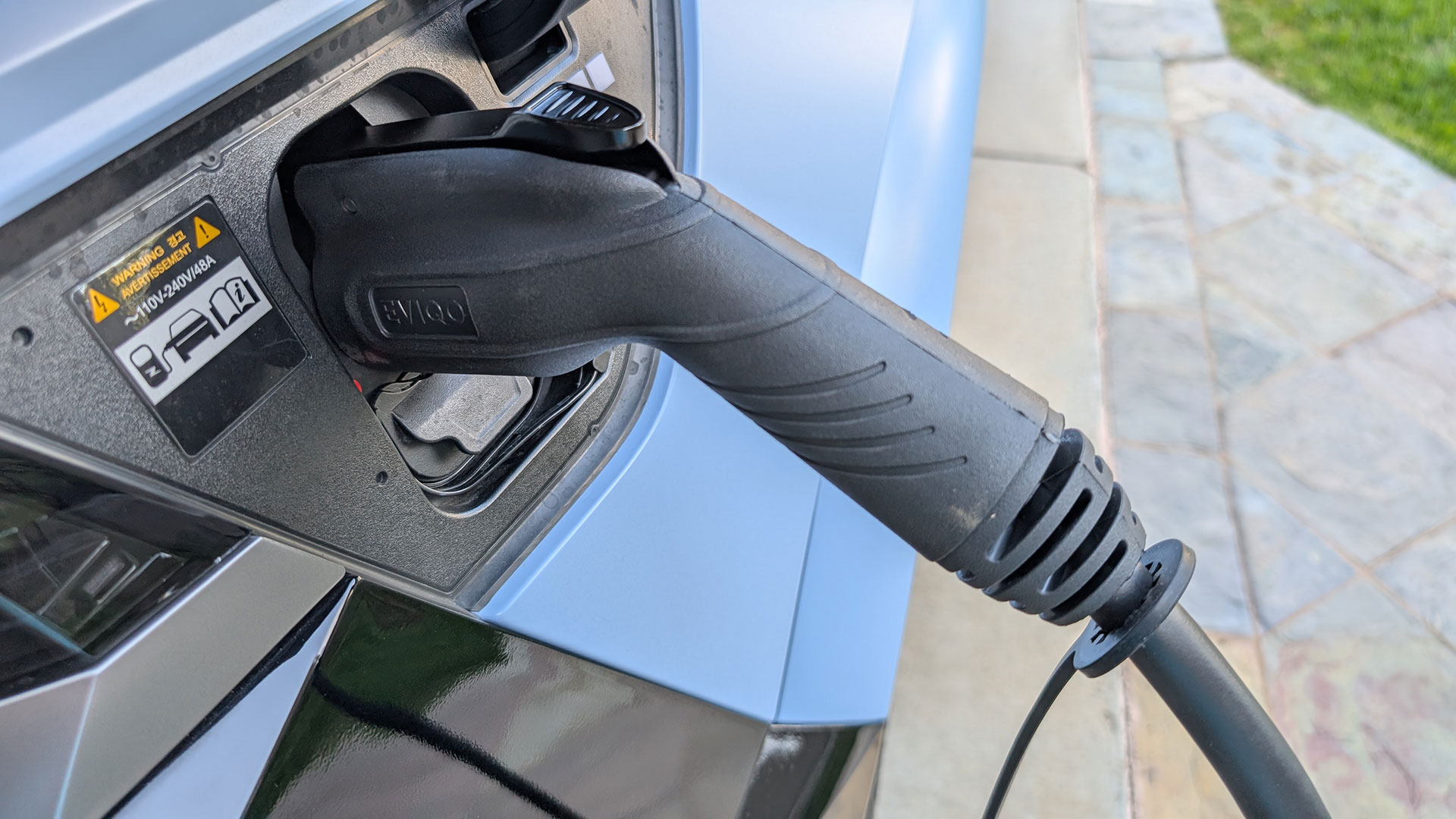
When the biggest complaint I have about an EV charger is that I can’t toggle off its lights, you know we have a winner. EVIQO’s package is sleek, attractive, and competitively priced. Although the app is a bit basic, additional features could be added if EVIQO wants to invest in a more robust app experience. The market is definitely getting more competitive, as $399 can now get you all of these features in a home EV charger.
Again, where it ultimately lands on our best home EV chargers list will be decided in a few months. After using it for the past few weeks, I can confidently recommend the EVIQO charger to anyone who wants a compact, smart home EV charger at an affordable price.
Pros
- $399.00 price tag for a smart home EV charger
- Extra long 37″ power cable
- 25′ connector cable
- Durable, rubberized connector
- Love the holster design
- NEMA 4 enclosure
- Three-year standard warranty
Cons
- EVIQO app experience could be improved by providing more data to the user
- Really wish I could toggle off the lights

